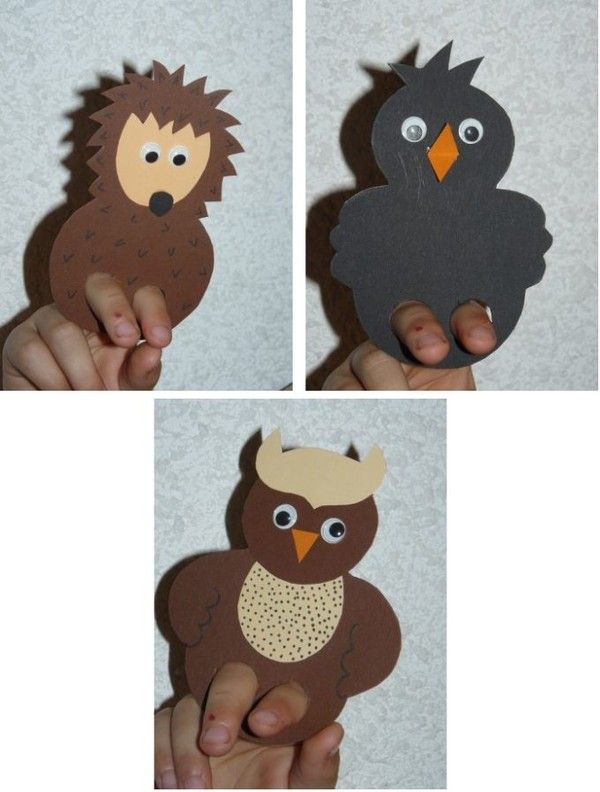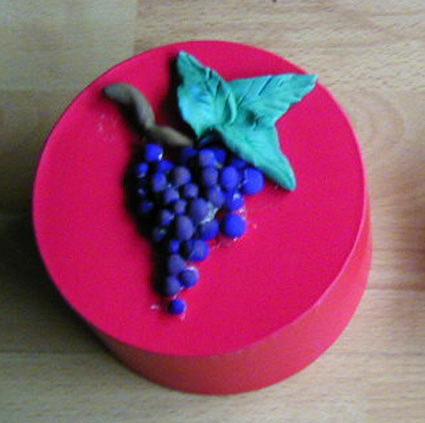Across our network we work with schools who are all at different stages of setting up and delivering primary language learning and each year we welcome new schools who want to set off on their own individual school's language learning journey.
This year these specific "Beginning with languages " blogs will try to offer "bite size chunks" of indirect help and support to schools, who are doing exactly that .... just setting off and implementing a language learning curriculum .In September I wrote Beginning with languages blog 1"
In the first blog there was a checklist for the coordinator or teacher leading out the new primary language teaching as follows:
Sept - Oct (first half term) Checklist
- It's all about establishing a whole school support system for all your staff
- It's about small steps and simple language learning
- It's about children and staff beginning to enjoy language learning
Add a new checklist bullet point!
- So how are you all getting on? How do you know that primary languages are being implemented in all the classes and are the teachers and children having fun in their learning?
Maybe the suggestions below will help you to see what progress is being made and also encourage the staff to try out creative activities to add a touch of Art , performance, song and fun!
Whole staff engagement and sharing success with parents!
Well it's October now and you will be in to your second month of primary language learning in school and maybe it's time to promote what all of you have been doing in your language learning in a school assembly.Or maybe school has space for a whole school display to celebrate the language learning that has been taking place?
A whole school sharing and celebration of what you have already achieved !
So why not take the opportunity to link the learning in the classroom to a common whole school focus before half term?
This half term you have probably been focusing upon greetings, names , feelings and possibly numbers and colours.
Here are some really simple ways that colleagues have created display and activities with their classes with limited language, which you could adopt or adapt!
A collage map of the target language country by children in each class for the classroom door- to say we learn about this country and its' language in our class this year!
Hold a "swap the greetings " week. During the week challenge your teachers and their classes to use the correct greeting for the time of day.Maybe the children could greet each other around the school and what about adding a question and answer about how they are feeling to - no matter which child or age group and don't forget the staff too!Put the greetings on display in each classroom and possibly in the corridor too and invite your classes to try to use a different greeting in the morning, in the afternoon and at the end of the day.Here are some French examples
Use puppets to create puppet shows of greetings ,name question and answer and farewell phrases.Great idea for a class or whole school assembly by UKS2 for younger children.
Don't forget some AfL and also an opportunity for the children to reflect what they have already achieved. Maybe there is an opportunity for simple personal reports by older children to take home for parents and carers to share what they have been doing during this first half term of language learning
Linking simple language learning to schools celebrations of Autumn
Try some autumn themed games and activities with the simpler language you have learnt or are practising . Have a read of this Autumn blog about numbers,colours, leaves etc and share some of the ideas with your colleagues.
Set yourselves an end of half term whole school singing challenge!
Why not take up the challenge to have a go at a song in the target language. Listening and practising the words you can hear in the clips we suggest and adding actions and performance too!Learn a whole school song to celebrate Autumn and provide your teachers with an appropriate sound file and clip to help them.
Once you have set a date for a whole school assembly,the classes can practise the song until they can sing along confidently with the clip!
In French........
In Spanish
In German
 Beginning to keep evidence
Beginning to keep evidence
Whatever you do don't forget to take some photos and clips so that you can begin to create your own school portfolio of evidence as you go along on this language learning journey, ready to set up a sharing with parents' area on your school VLE etc.

















